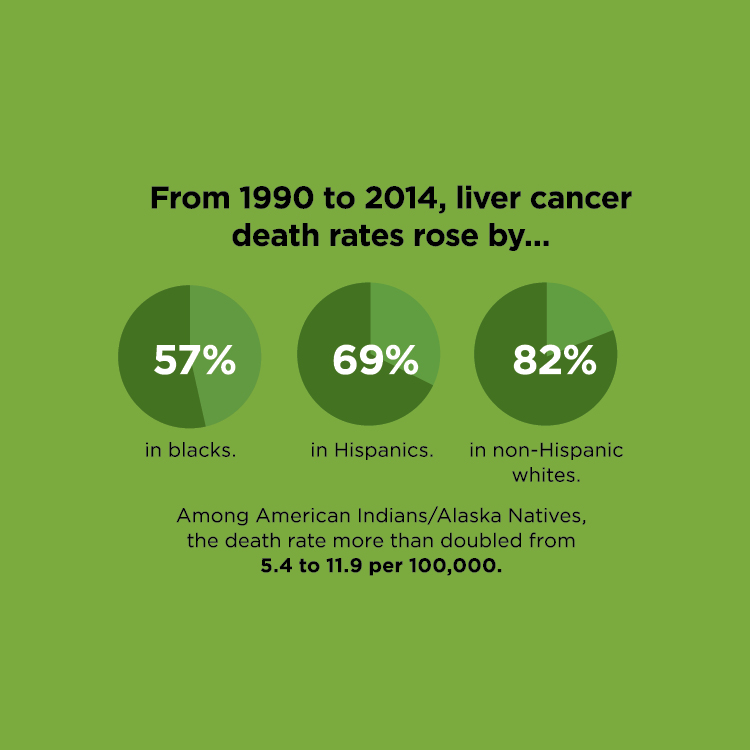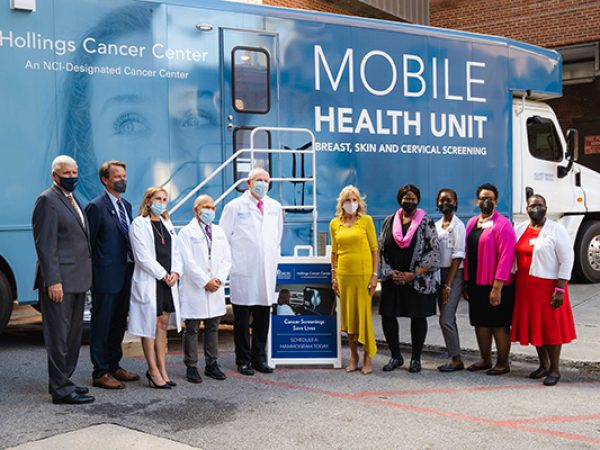Why Is Liver Cancer on the Rise?
Although liver cancer isn’t as prevalent as lung cancer or breast cancer, this cancer is now the fastest-increasing cause of cancer death in the United States. In the Spring 2018 issue of Cancer Today, contributing editor Sue Rochman explored contributing factors for the increased liver cancer incidence since the mid-1970s.
A study published in the December 2018 JAMA Oncology found that incidence of liver cancer increased by 75 percent worldwide between 1990 and 2015. In many countries, liver cancer is among the top four causes of cancer death. Worldwide, hepatitis B—a virus that damages the liver and is spread through contact with infected blood, semen and other body fluids—is the most common cause of liver cancer. In the U.S., fewer than 5 percent of liver cancer cases are caused by hepatitis B, primarily because children in the U.S. have routinely been vaccinated against the virus since 1982.

A study published in the January/February 2018 CA: A Cancer Journal for Clinicians suggests that about 71 percent of liver cancer diagnoses in the U.S. can be attributable to preventable risk factors. One of these risk factors in the U.S. is hepatitis C, a virus that spreads through contact with the infected blood. The study, which was led by Farhad Islami, the strategic director for cancer surveillance research at the American Cancer Society in Atlanta, found that hepatitis C infection was responsible for close to 25 percent of liver cancer cases. Treatments to cure hepatitis C infection are available but can be pricey, the article notes, and other preventable factors are also increasing the incidence and death rates.
The study attributed about 22 percent of liver cancer deaths to cigarette smoking. Obesity is another driving force. Previous research has found that from 2000 to 2003, about 26 percent of liver cancer cases were attributable to excess body weight; from 2008 through 2011, body weight could be linked to about 36 percent of liver cancer cases that occurred. Alcoholism and nonalcoholic steatohepatitis, a type of severe fatty liver disease, are also risk factors.
“Basically, preventing exposure to those risk factors would mean a substantial proportion of liver cancer deaths—about 50 percent—could be prevented,” said Islami.
To learn more information about trends in mortality and liver cancer incidence, patients’ experiences, and treatments for the disease, read the full article on Cancer Today’s website. Cancer Today is a magazine and website for cancer patients, survivors and caregivers published by the American Association for Cancer Research.



